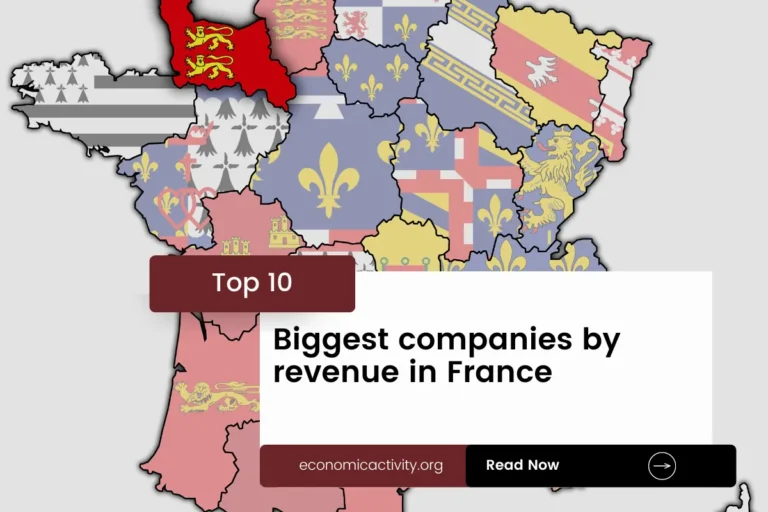What is the economic system of Ukraine? The economy of Ukraine is based on a mixed economy. The country’s economic system combines elements of a market economy and a planned economy.
Ukraine’s economy is diverse, with significant sectors in agriculture, manufacturing, and services. Known as Europe’s breadbasket, Ukraine is a leading exporter of grains. Its industry includes aerospace, heavy machinery, and tech. The country continues to balance EU integration and Russian influence.
In Ukraine, the economy is composed of a private sector, consisting of individuals and businesses that make autonomous decisions based on self-interest, and a public sector, where the state determines the production and distribution of certain goods and services. No country is purely capitalist or purely communist.
What do the freedom indexes tell about the economic system of Ukraine?
Now, to determine if a country is mostly a market economy or a planned economy, it is useful to examine some economic indexes. For instance, according to the 2022 Index of Economic Freedom, which measures the ability of every human to control his own labor and property, Ukraine is ranked 130th globally and 44th in Europe indicating that the country has a mostly unfree economy.
In a similar way, the 2022 Freedom House index evaluates the state of political rights and civil liberties globally. Generally, market economies tend to align more with democracy and freedom, while command economies tend to be characterized by greater state control and fewer democratic and civil liberty protections. Ukraine gets a score of 61/100, which qualifies it as Partly Free.
Ukraine is considered to have a government that does not control what people do, and people can make their own economic decisions, but it is only considered an electoral democracy, lacking full liberal democratic protections.
The Link Between Public Sector Employment and the Economic System of Ukraine
An indicator of the extent to which the State is involved in the economy is the number of public sector employees. In Ukraine, according to ILOSTAT, the number of public sector employees as a percentage of the total workforce is 26.5% (2013).
In the country’s mixed economy, the number of public sector employees as a percentage of the total workforce varies based on the specific policies and practices adopted by the State.
Some economic activities are left to the private sector while others are under government control. The bigger the public sector the closer is the economy to being a command economy.
What do the biggest companies in Ukraine say about the country’s economic system?
The biggest company in Ukraine should also be looked at, as well as whether it is a state-owned or private company. In this case, Naftogaz Ukraine is a state-owned oil and gas company that produces, transports, and distributes natural gas and oil. It shows how the government has influence or control over the biggest companies in the country.
The historical factors that have influenced the economic system of Ukraine
Ukraine’s mixed economy system is the result of a combination of market forces, government intervention, and foreign investment.
The Soviet Union’s collapse in 1991 led to the privatization of state-owned enterprises, the liberalization of prices, and the introduction of a market-based currency.
Since then, Ukraine has seen a gradual shift towards a more open economy, with increased foreign investment and a greater focus on the service sector. This has led to increased economic growth and improved living standards for many Ukrainians.





Leave a Reply